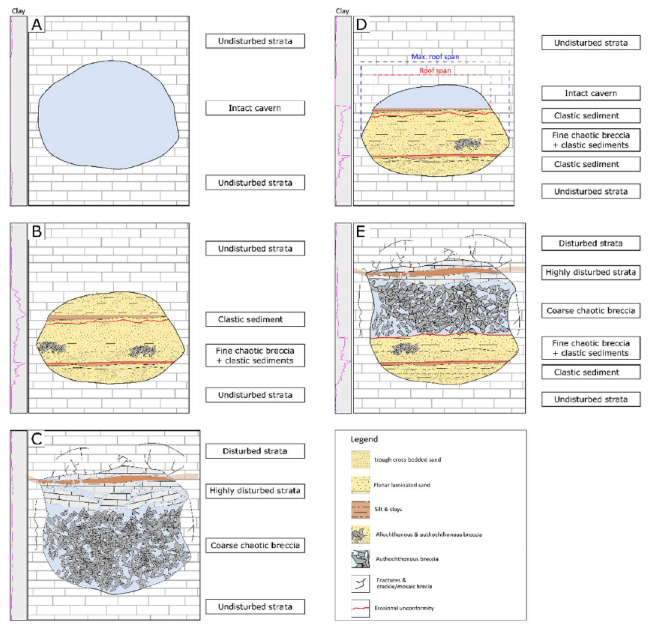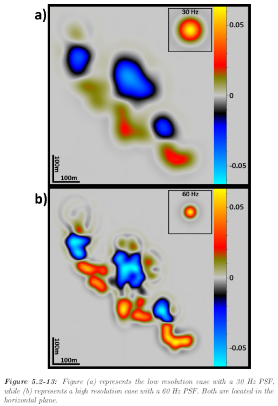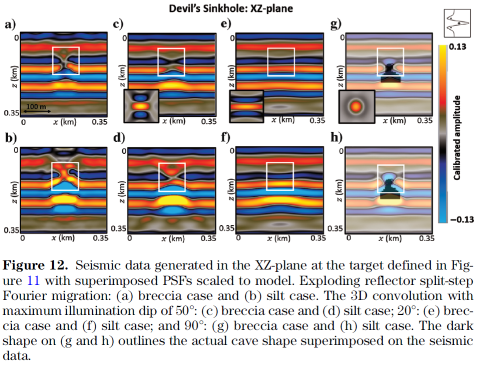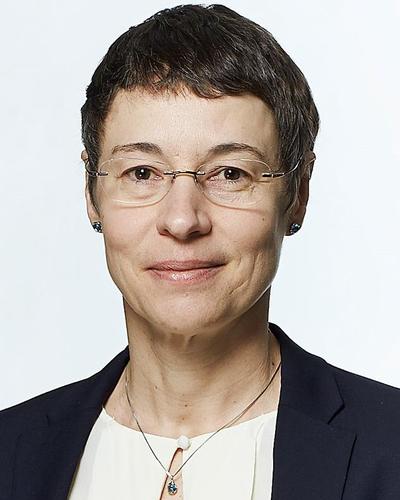Seismic attributes for paleokarst reservoirs: a modelling study.
Main content
Project description
Dissolution of carbonate rocks yield characteristic sub-surface structures called karst. Paleokarst is defined as karst buried over time. Paleokarst reservoirs are identified worldwide and may contain significant amounts of fluids (water, oil, gas) but they may be difficult to identify. Individual features of such reservoirs are often sub-seismic in size, making them challenging to detect and resolve in seismic, even if an overall paleokarst pattern can be identified from 3D seismic, e.g., on Loppa High, Barents Sea. Being able to extract more accurate and quantitative information from such paleokarst reservoir, especially at small scales, is a necessity for a more proper assessment of the available resources and possible production challenges.
A newly initiated 2-year research project, led by NORCE in partnership with UiB/GEO and with industry participation (Lundin), will especially address the modelling of paleokarst reservoirs, including their seismic signatures and characterization. Following previous research activities on the topic in cooperation between UiB/GEO and NORCE (e.g., Johansen, 2018; Lønøy et al., 2020; Jensen et al., 2021; references below), paleokarst reservoir models will be input to seismic modelling, the results of the latter being used in systematic seismic-attribute analyses for various sensitivity studies of the geology-vs-seismic relations.
Jensen et al. (2021): https://doi.org/10.1190/int-2020-0130.1
Johansen (2018): https://bora.uib.no/bora-xmlui/handle/1956/18765
Lønøy et al. (2020): https://doi.org/10.1016/j.marpetgeo.2020.104652
Proposed course plan during the master's degree (60 ECTS):
The course plan will be discussed with the prospective students depending on their background (geology or geophysics major) and specific interests in the proposed project. Some courses are however strongly recommended, such as GEOV272 and GEOV300. All courses related to seismic methods and data are of relevance (e.g., GEOV274), as well as geology courses such as GEOV361, GEOV364, etc.
Prerequisites
Prospective students should have a strong interest in reflection seismic and interpretation, the methods and software to be applied being used in seismic for O&G exploration.
External data
Paleokarst reservoir models will be provided by NORCE and actual seismic data might be provided by Lundin.
Field- lab- and analysis
The work will be carried out in one of the two seismic labs to access the required seismic-based software (e.g., Petrel and similar).



